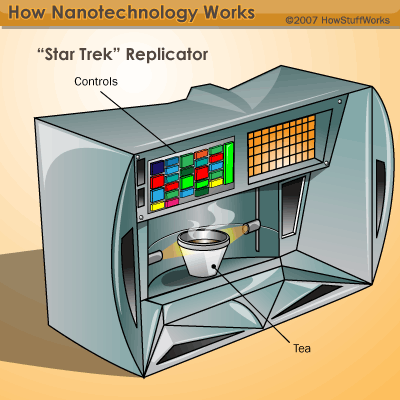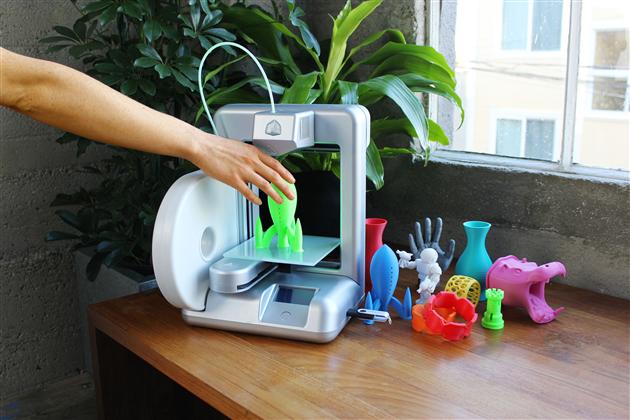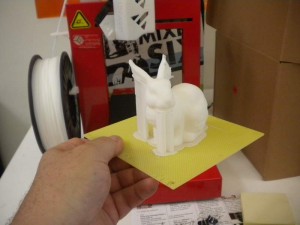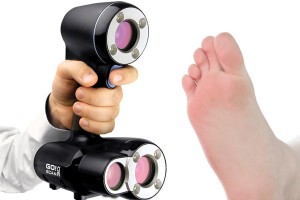When talking about sustainability, one of the things that pops up frequently is the ability to repair things rather throwing them out. One of the three “R’s”. Where we can, we will repair things rather then replacing them. We are going through this process with the washing machine at the moment. We not sure if we will save much money by repairing but the thought of throwing away a machine that can be repaired just doesn’t sit well with us.
Often, the problem when trying to repair an item, especially an appliance, is not so much the lack of skill but trying the source the part needed. Sometimes it is just ridiculously expensive but, more likely, it is simply not available. Maybe it is out of production or maybe it was never made as a spare part in the first place. Then there’s the problem of having to buy a pack of 20 widgets when you only need one or two. This applies to lots of little items, not just spare parts.
Wouldn’t it be nice, and potentially more sustainable, if you could just specify or design the part you wanted and then “print” it out just like a picture. Well you can, using 3D printer technology!
3D printer technology has been around for a few years now but it is getting cheap enough that you can by an easy to use printer that can print out all sorts of plastic parts on an 3D Printer costing less that $1500.
Even amongst those who know, 3D printers are a lot better than many people may realise. The little $1400 off the shelf printer can do a very good job at simple plastic parts, gears, toys, retaining clips, ornaments, custom jewelry, odd shaped spare parts for all manner or things. In fact there are websites that contains a plethora of things that you can buy or download fro free and just print directly on the printer. A good starting point is http://www.thingiverse.com/.
If you want to spend $10,000 – $30,000, there are printers that can print very high definition, full colour, high impact, high performance plastic parts. These can be used for some serious engineering and prototyping or to make that hard to get replacement part for heavy duty use.
Spend some more and you can print multiple materials, including metals, and the price of all these printers are coming down while the capabilities are going up.
There are even some printers that work with organic material that can print arteries and other surgical implants that are being used now without having to do grafts or wait for donors.
The other side of the coin is that high quality, 3d design open-source software and, more importantly, 3D scanning software and hardware is readily available and dead easy to use. So it is, literally, child’s play to scan real parts and make and/or modify replicas.
With the advent of nano technology, and the advances they’re making in lab’s around the world building things atom by atom, in not too many years the complexity of products that can be printed will truly astound you (and possibly scare the hell out of you as well)
I wrote article for a sustainability magazine (ReNew Magazine) that looked future technologies including 3D printing and, after I wrote the article, I started to talk to people about some of the possibilities. How’s this for a sample scenario that I often use as an example.
It will be possible, using nano technology, to develop a printer that can print, say, a laptop. Now that’s pretty impressive, the case, the screen and the electronics including the computer chip, circuit board, everything! Wow! But how about the batteries? Yep! fully charged! Double Wow!
It would come out of the printer complete and with a fully charged battery! But wait! There’s more…
The software on the hard disk is nothing more than magnetised regions on a metallic platter or charges in solid state memory. So the printer can print them, and hence the software at the same time. Not only that, but it could print the laptop in hibernation.
That means you could take the laptop from the 3d printer, open it up and it would resume from the suspended state, with all the required software installed and a program (probably advertising) up and running and presenting information on the screen!
Once you’ve got your head around concepts like that, the thought of what a few, shall we say, unpleasant characters, could do with that kind of technology is frightening
But equally, the thought of how we could simplify and democratise manufacturing, reduce transport needs, and reduce waste through only “printing” what we needed is truly liberating.
Imagine being able to simply print what you needed, when you needed without worrying about all the processes, overheads and consumer pressure that we face today.
Suddenly, those replicators in Star Trek don’t look so far fetched after all!
 Image from howstuffworks.com who also have a good article on nanotechnology
Image from howstuffworks.com who also have a good article on nanotechnology
What do think, a better world? Maybe! It will certainly be a different world!


